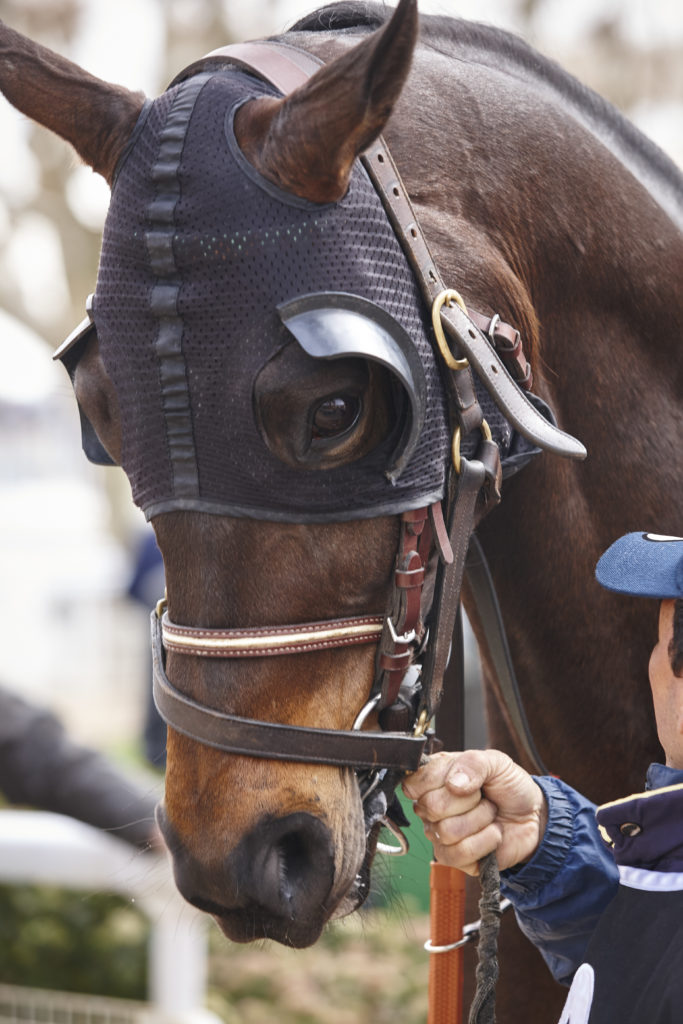
The Destiny Light Saddle in the Field
Designed for the specific needs of the racehorse athlete and industry, the Destiny Light exercise saddle delivers unparalleled balance, support and freedom for horses to move and perform at their full potential. In a world where a millisecond can be the difference between winning and losing, trust the Destiny Light.
Destiny Light Field Test
Client: Drakenstein Stud/Kevin Sommerville
Horse: La Banquiere. 3 Year Old Thoroughbred Mare
Location: Milnerton Training Centre, Western Cape
Trainer: Candice Bass Robinson
Veterinarian: Dr. Andre Hanekom, Baker McVeigh
Saddle Ergonomist: Lisa Marie le Cok (CSE)
Hypothesis
Blood oxygenation will remain the same or increase in conjunction with a lowered heart rate when a horse is exercised with a Destiny Light exercise saddle as compared to when the same horse is exercised with a traditional exercise saddle.
Physiological Parameters
Heart rate: It is expected that there will be a decrease in the horse’s heart rate during Exercise Routine Two whilst wearing a Destiny Light exercise saddle as compared to Exercise Routine One whilst wearing a traditional exercise saddle.
Blood oxygenation: It is expected that blood oxygenation will remain the same (or elevate) in conjunction with a decreased heart rate measurement during Exercise Routine Two whilst wearing a Destiny Light exercise saddle.
Field Test Conclusion
The hypothesis in this case was confirmed. At top speed (57km/h) La Banquiere’s heart rate measured at 125 bpm whilst exercising with a Destiny Light exercise saddle, as compared to 150 bpm whilst exercising with a traditional exercise saddle. The filly finished her exercise routine (at a walk) with a heart rate of 100 bmp when she exercised with a Destiny Light exercise saddle as compared to 148 bpm when she exercised with a traditional exercise saddle. The significantly lower heart rate whilst exercising with a Destiny Light exercise saddle indicates less stress and less pain. Blood oxygenation remained the same for both exercise routines as measured 3 minutes after each exercise routine. A lowered heart rate in conjunction with similar blood oxygenation levels translates to greater performance capacity as the heart is pumping more oxygen into the blood at fewer beats per minute! Additionally, her stride length increased during Exercise Routine 2 whilst wearing a Destiny Light exercise saddle as compared to her stride length during Exercise Routine 1 whilst wearing a traditional exercise saddle.
Pre-Test Veterinary Examination
Baseline heart rate and blood oxygenation of stabled horse prior to any physical exertion.
Health check to determine possible underlying conditions. None found.
Thereafter two identical tests were performed to measure physiological parameters.
Field Test Protocols
The horse was fitted with a heart rate monitor for both exercise routines.
Blood oxygenation was measured 3 minutes after each exercise routine with the use of a pulse oximeter.
Exercise Routine: 200m walk, 200m trot, 200m canter, 400m gallop during which the horse was not pushed out. The use of a riding crop was permitted for steering purposes only.

La Banquiere patiently allowing the vet to measure her blood oxygenation levels using a pulse oximeter.